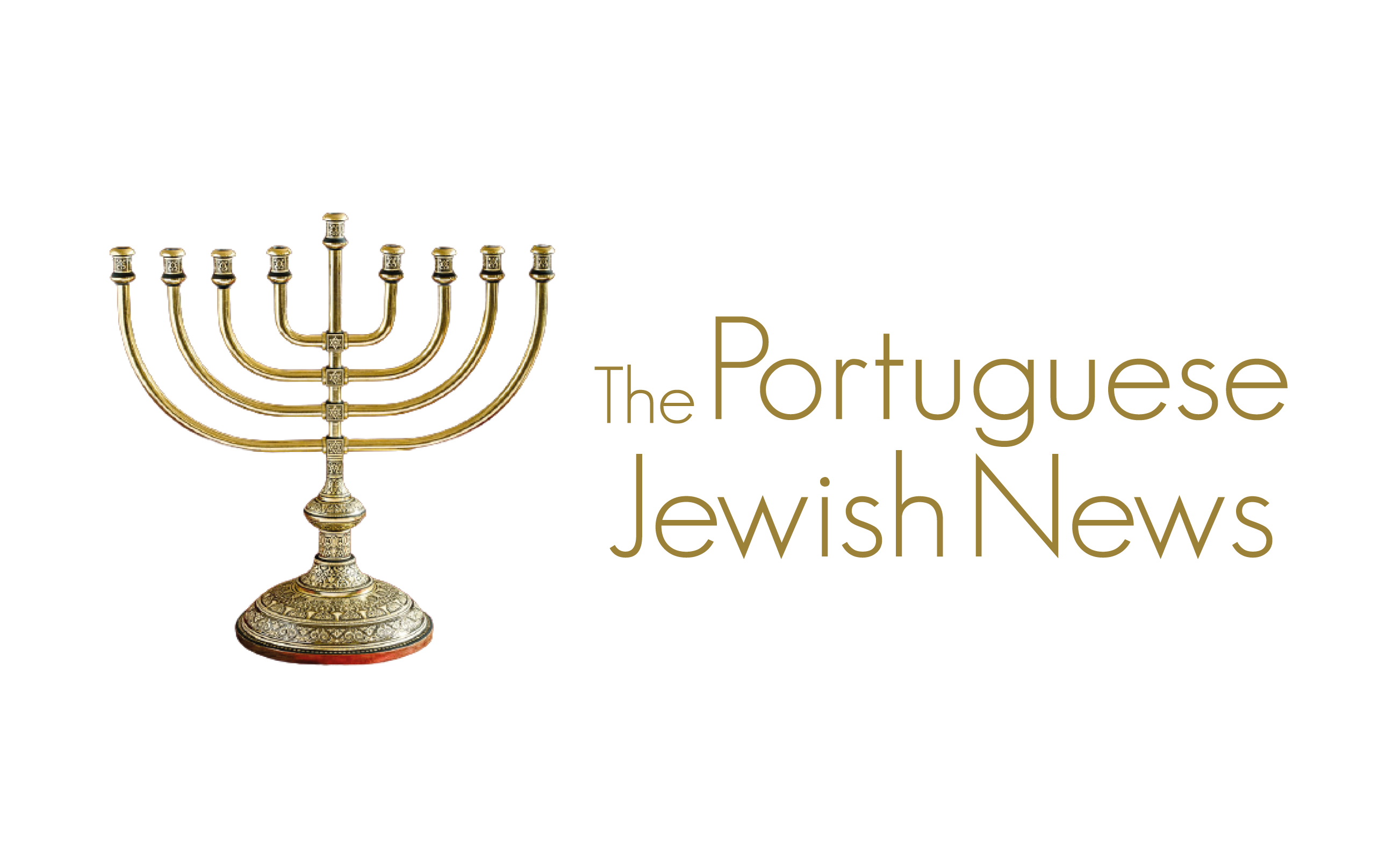Since 2012, the Educational Services of the Jewish Community of Porto have received well over 130,000 visitors, the overwhelming majority of which are young people attending school on study visits promoted by public and private education institutions, from the primary to higher education.
Over these 10 years, the visits, generally guided, covered topics as diverse as Jewish religion, culture and history. From the origins of Judaism and the Jewish People, through its diasporas and persecution moments, special emphasis has always been given to the relationship of this old, important but minority group of our society with the history of Portugal.
Although the subject appears rather tenuously in national educational curricula, its exploration depending on the sensitivity and interest of teachers, most students who visited us came under the optional subject of Catholic Moral and Religious Education (which remarks other religions - monotheists and polytheists – in the 3rd Cycle of Education, i.e. between the 7th and 9th School Year) and of History (which mentions, in a very superficial way, the Hebrews in the 7th School Year, the Portuguese inquisitorial period in the 8th Year and the Holocaust in the 9th Year).
These visits, as well as the various training actions for teachers and trainers, were carried out at the Kadoorie Mekor Haim Synagogue in Porto and at its primitive and extinct Jewish Museum and continue to take place in the current Jewish Museum of Porto (opened in 2019) and at the Holocaust Museum of Porto (inaugurated in 2021), always meeting the needs and expectations of the visiting public and the study cycles in which students are found.
At the same time, and over the years, communication strategies that take into account the filling of the main gaps found in students who have been visiting us over the years have been improved. This communication always considered the main trends and characteristics of the groups. Thus, our Educational Services team hardly carries out two identical visits, and the dialogue is always moulded in accordance with the scope of the visit, the age of the students, the cycle of studies they are in, the main doubts and, whenever detected, the preconceived ideas.
From the experience of years of receiving these groups, there was a perfect awareness of their heterogeneity with regard to the perception of the religious, cultural and historical realities of the Jews. If, on the one hand, we received classes that already came with a great cultural background, certainly as result of the work previously developed by their teachers or their family, on the other hand, there were groups that knew little or nothing about the topic, and much of this ignorance was also evident in the ignorant or ill-informed comments of their tutors.
At the same time, there were groups in which myths and prejudices sprang up all the time - both from students and their educators - with constant doubts and comments related to the connection between Jews and money, their political and economic influence, their physical/racial characteristics, the greedy personality and, to our great surprise, the death of Jesus of Nazareth.
Although these myths are closely linked to antisemitism (religious, racial or political), we firmly believe that the overwhelming majority of comments were related to a profound ignorance resulting from the lack of contact with other cultural and religious realities.
Precisely for this reason, we conclude that every moment of the thousands of hours spent exploring, answering questions, creating analogies with realities known to students and teachers, basically, every moment spent educating, were and still is worth it.
Without any presumptuous spirit, but putting gratuitous humility aside, we are led to affirm that, as it celebrates 10 years now, if it wasn't the biggest and most fruitful national project to combat antisemitism and to promote Jewish history and culture, it was certainly one of the biggest.
-
Fiamma Nirenstein19/10/2025
Ben Cohen17/10/2025
Jonathan S. Tobin15/10/2025
Yaakov Lappin13/10/2025
Fiamma Nirenstein10/10/2025
Jonathan S. Tobin09/10/2025
Gabriel Senderowicz06/10/2025
Alan Newman05/10/2025
Gabriel Senderowicz01/10/2025
Jonathan S. Tobin01/10/2025
Gabriel Senderowicz22/09/2025
Fiamma Nirenstein15/09/2025
Jonathan S. Tobin12/09/2025
Miriam Assor11/09/2025
Fiamma Nirenstein01/09/2025
Hugo Miguel Vaz 11/01/2022Ten years of Jewish Community of Porto Educational Service

Hugo Miguel Vaz
Curator of the Holocaust Museum of Oporto

